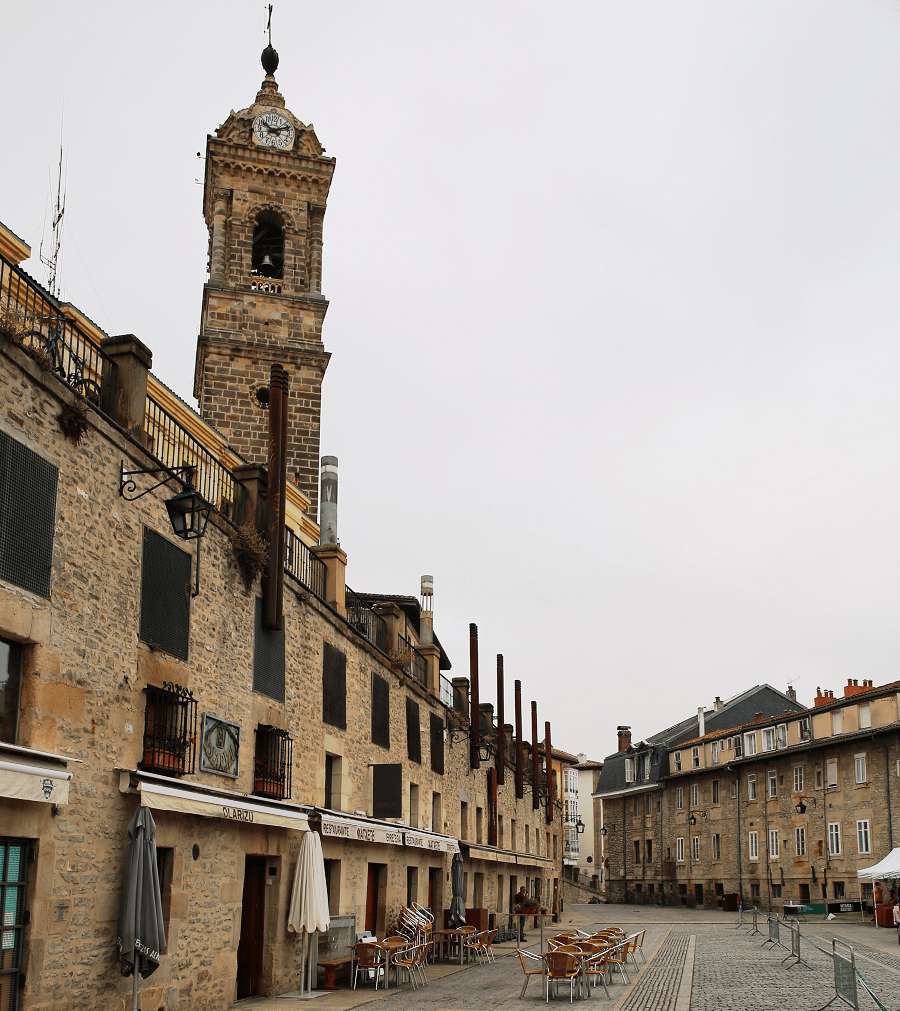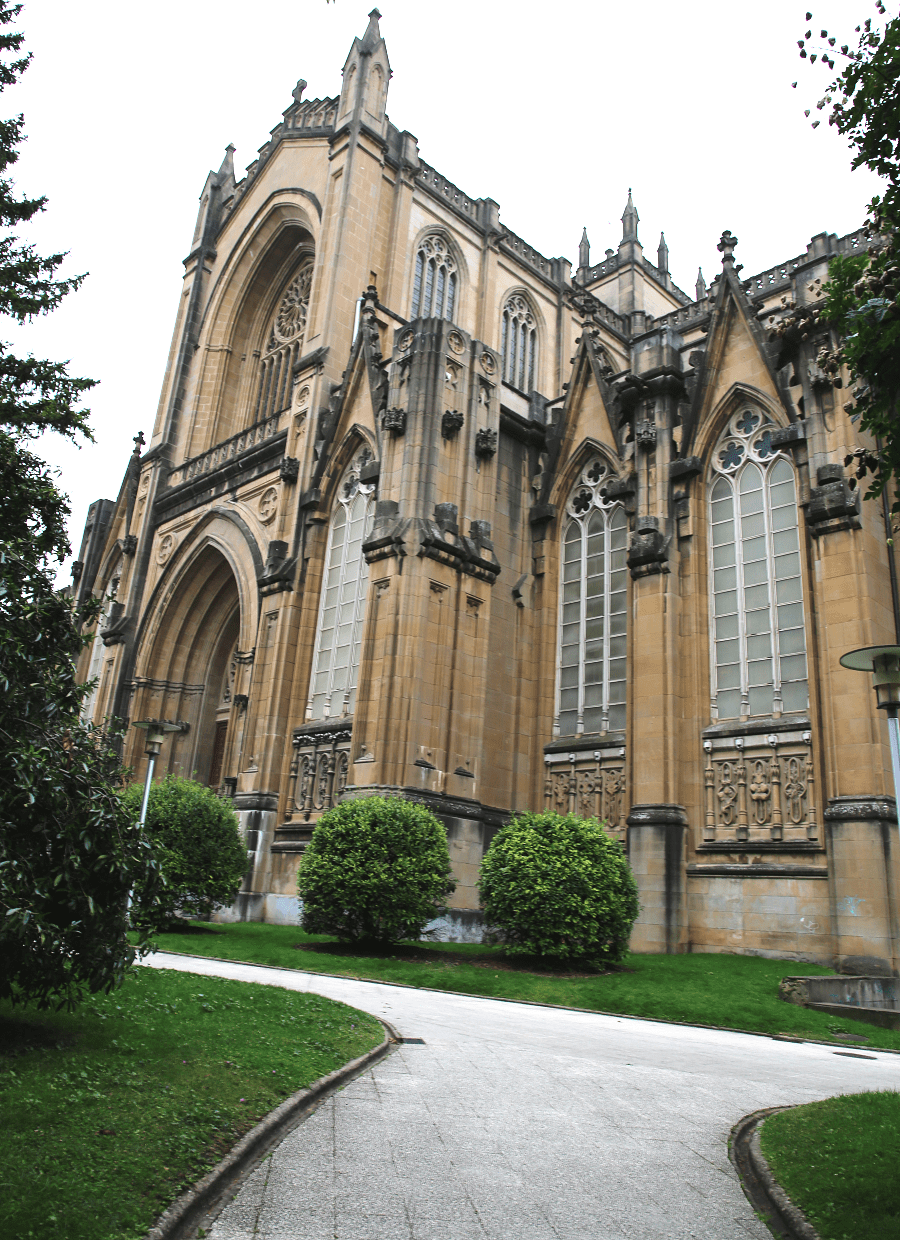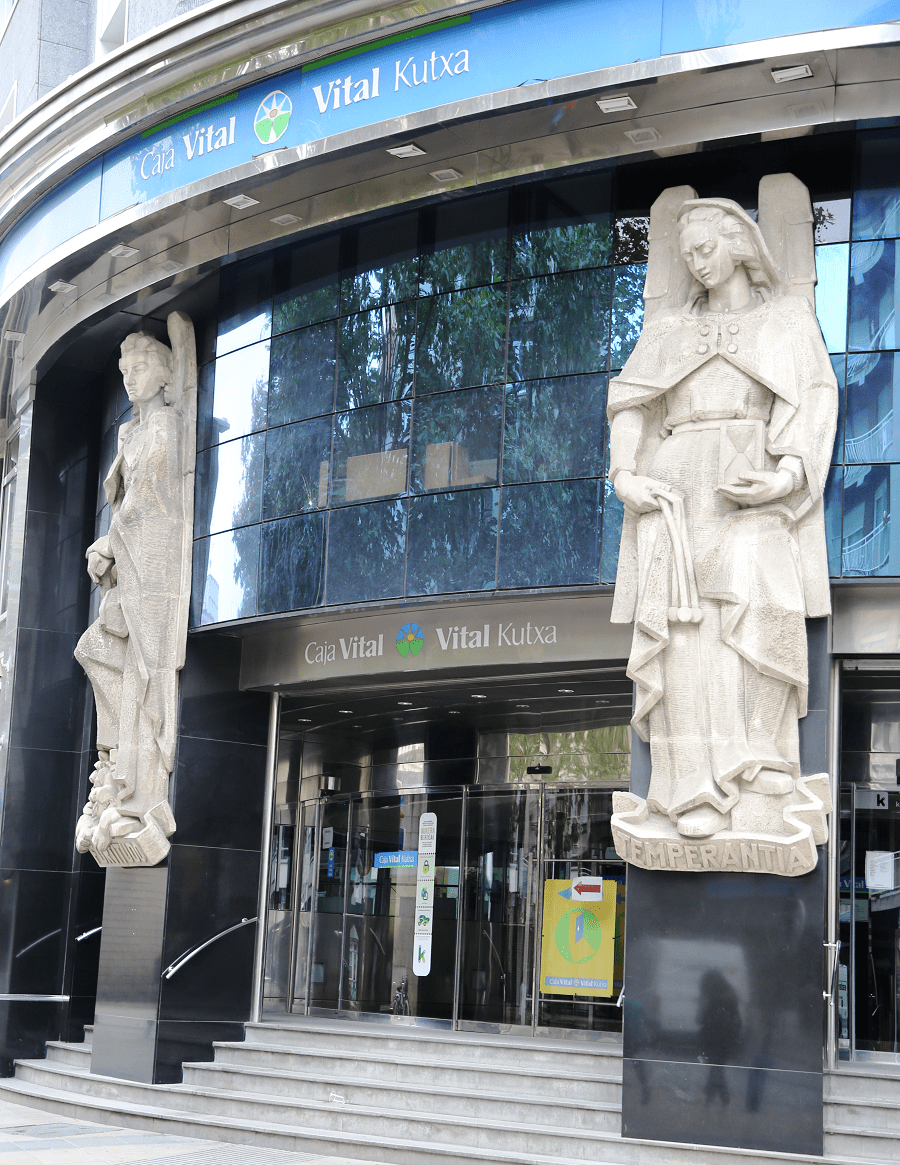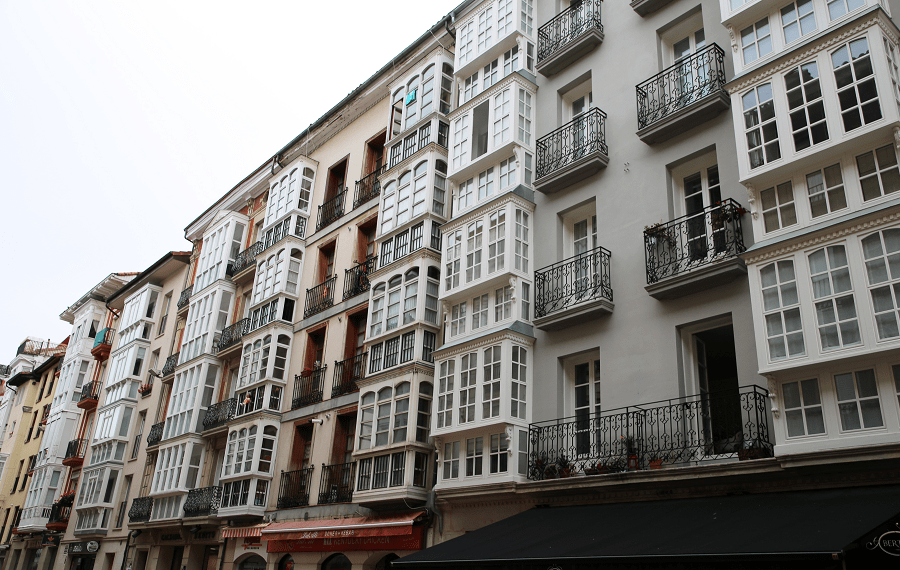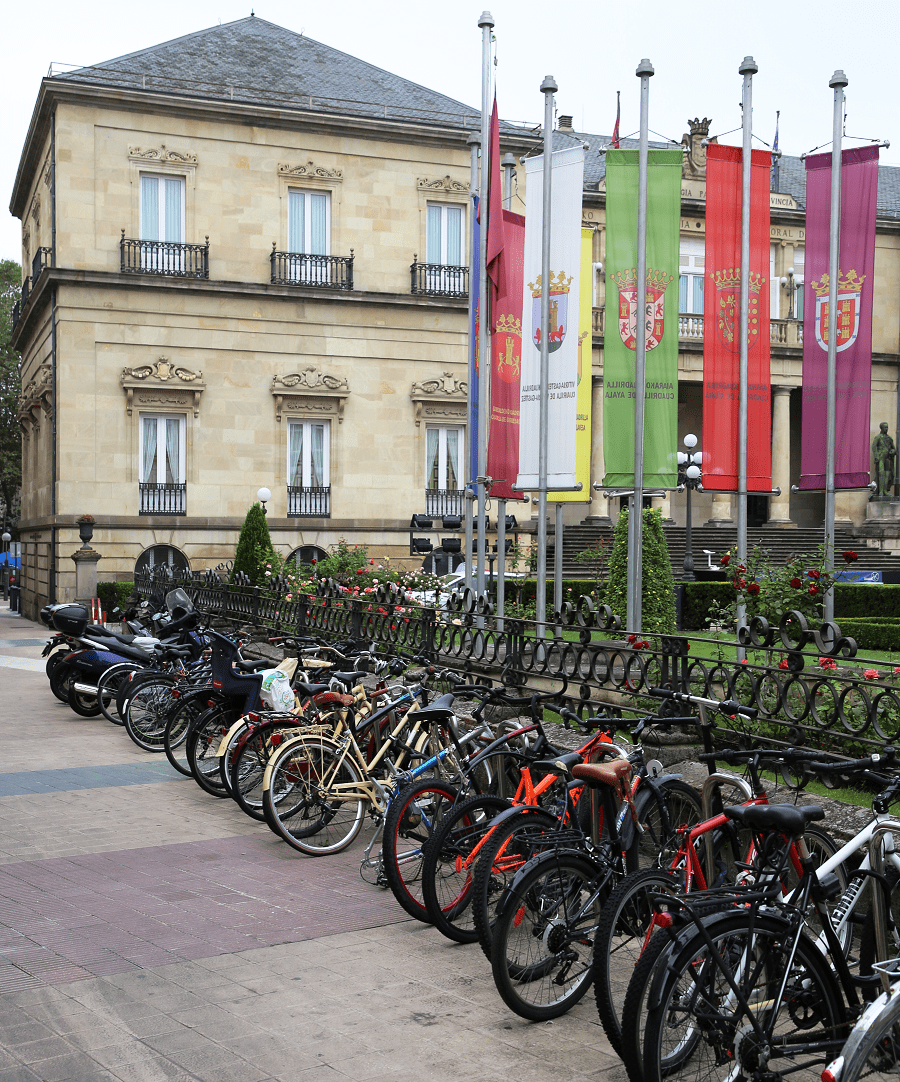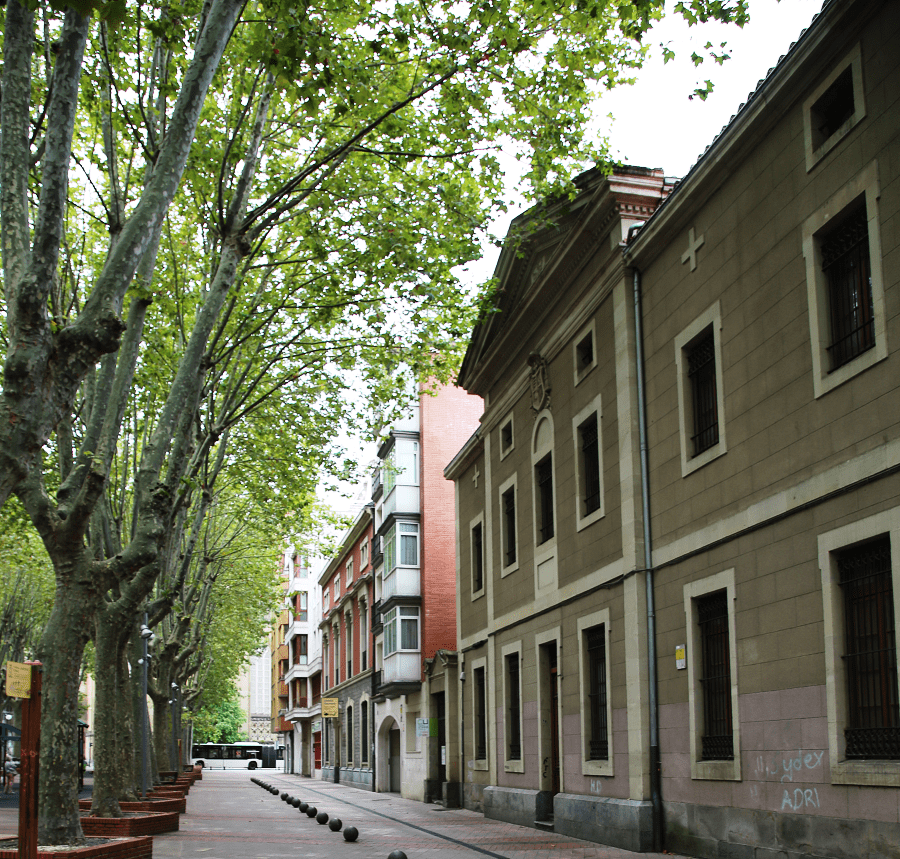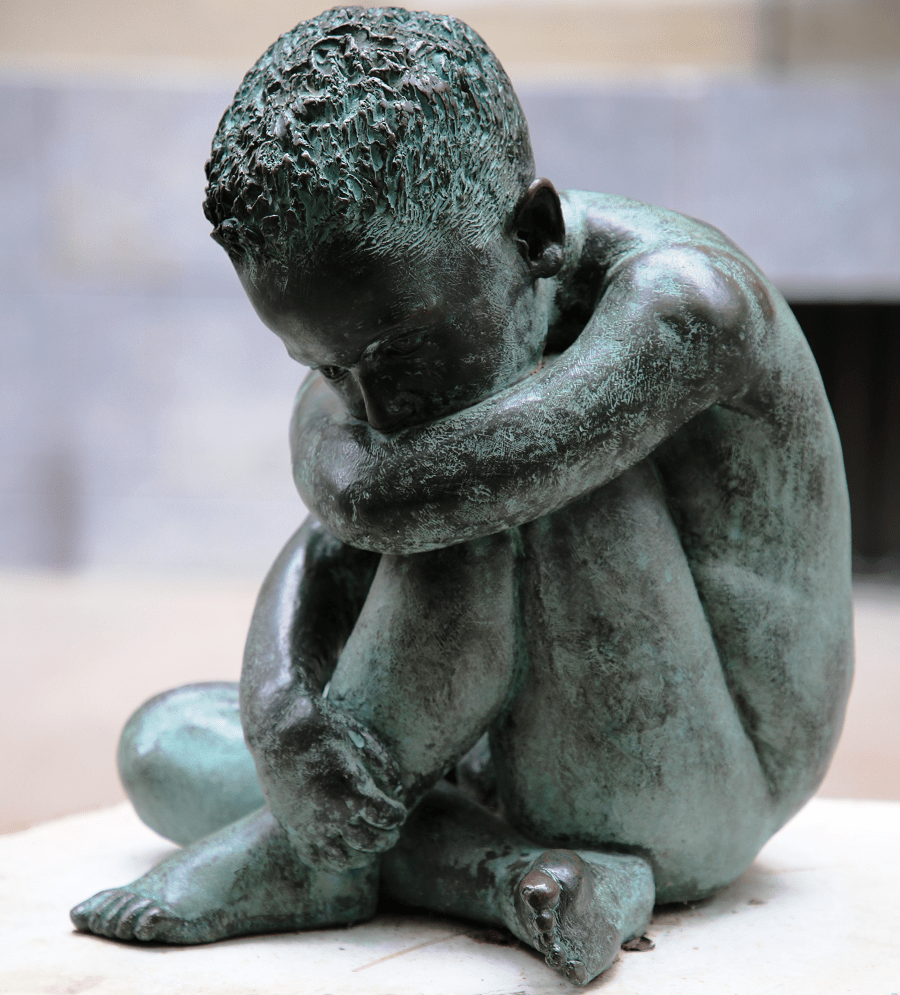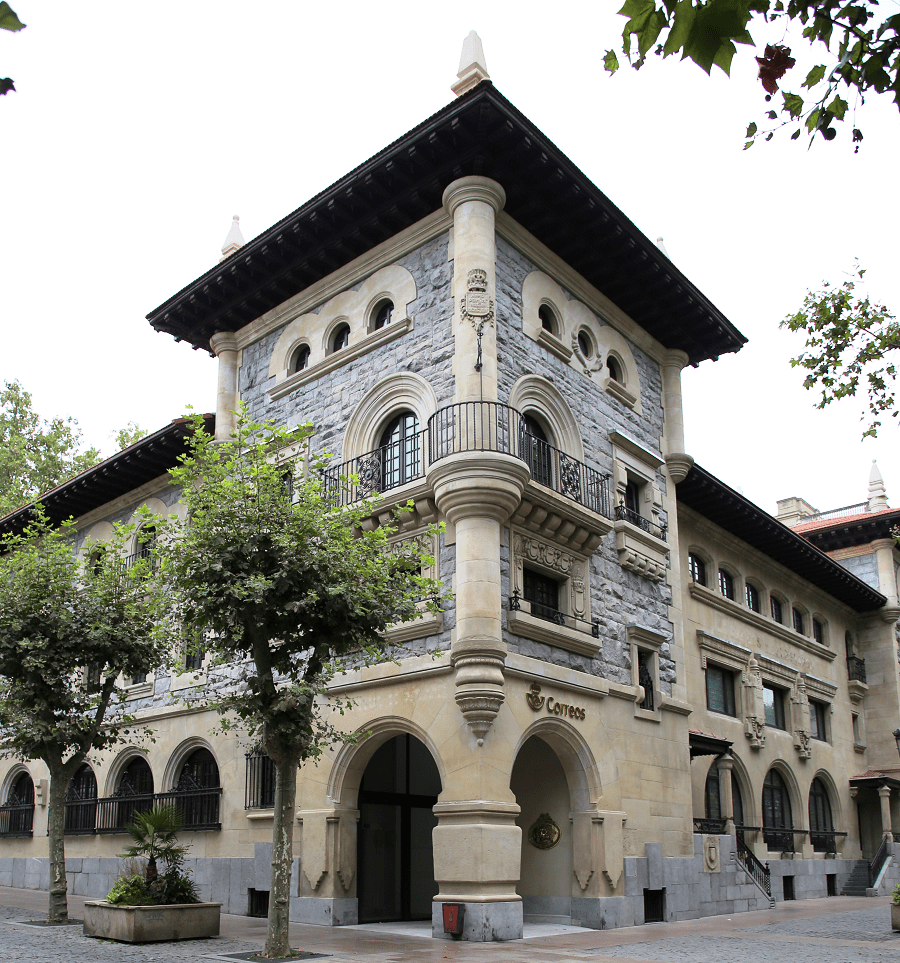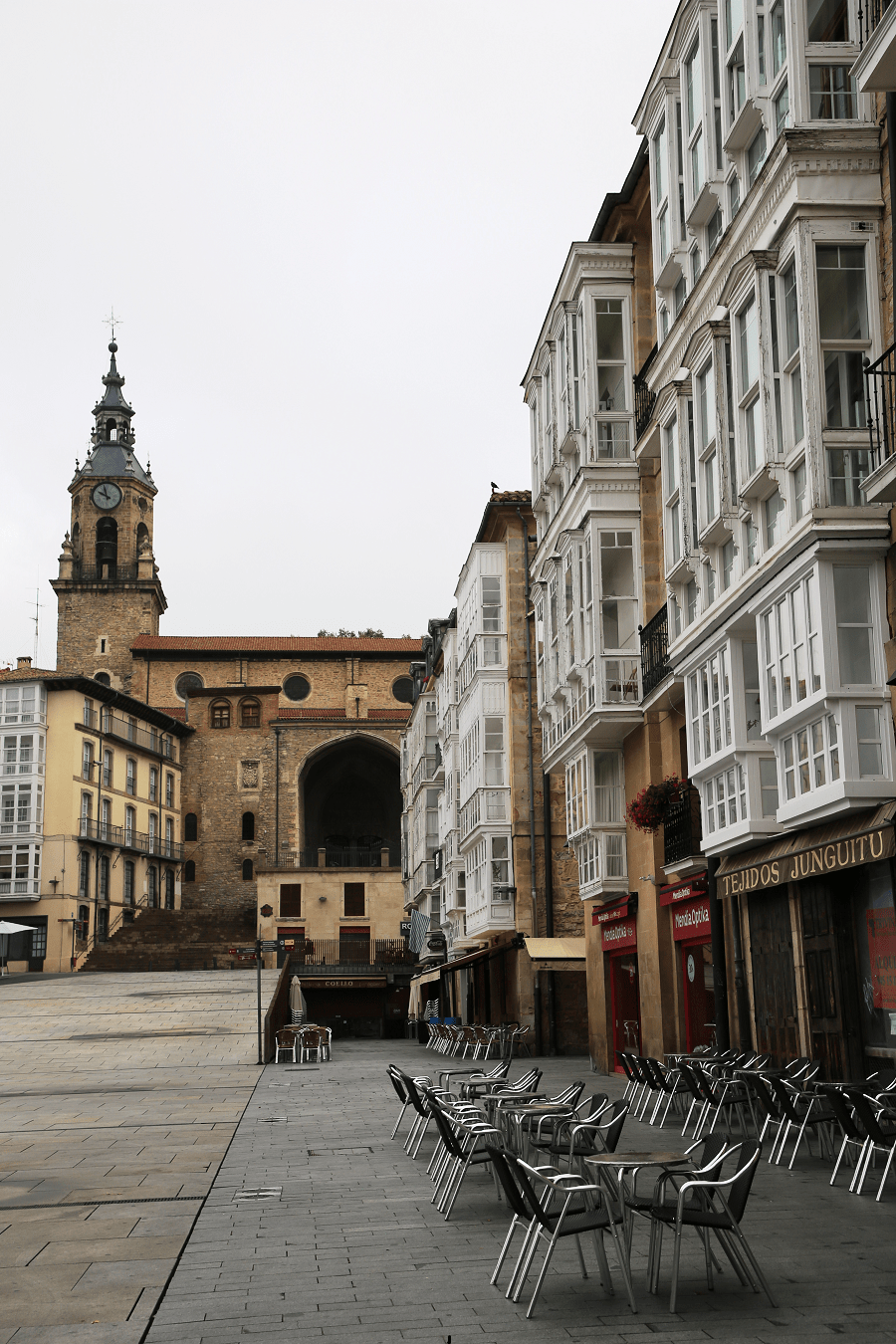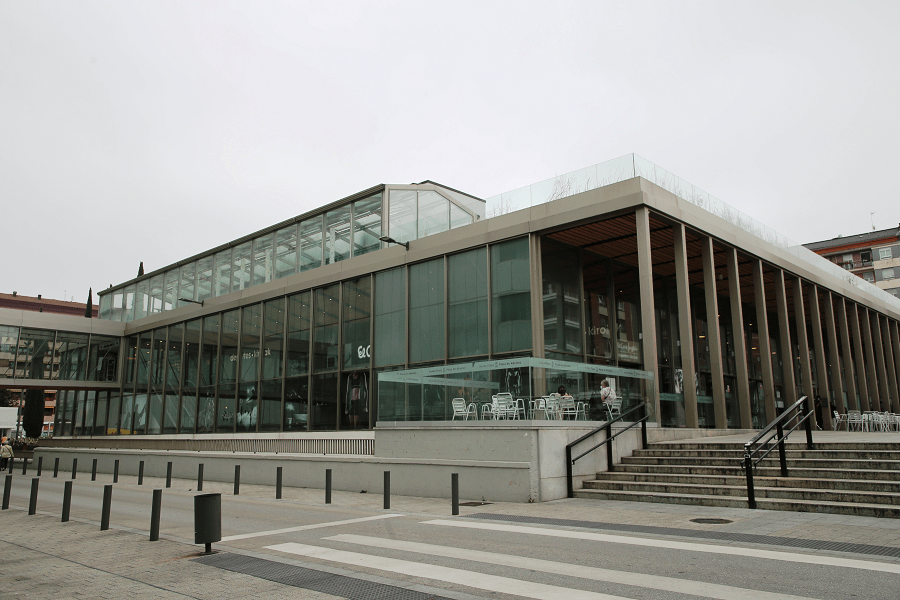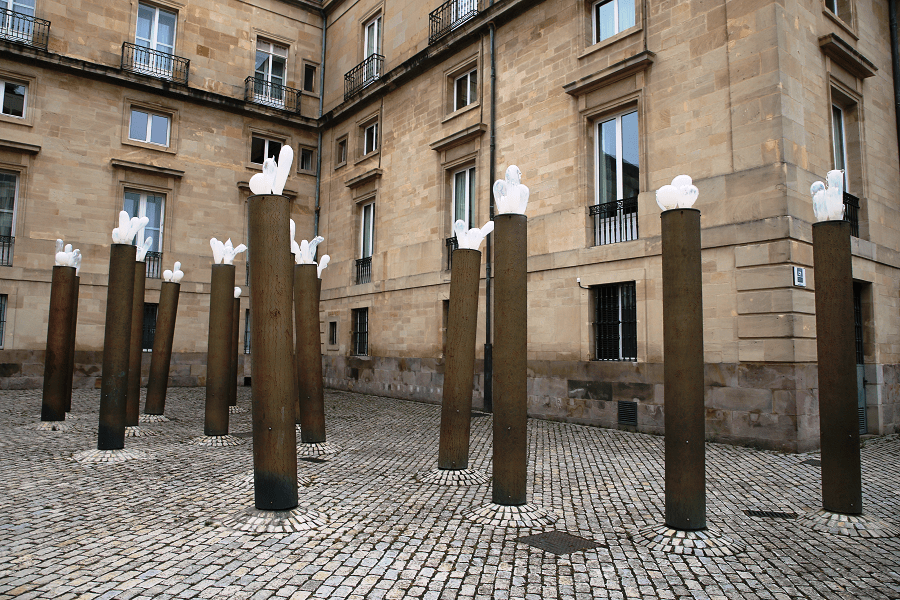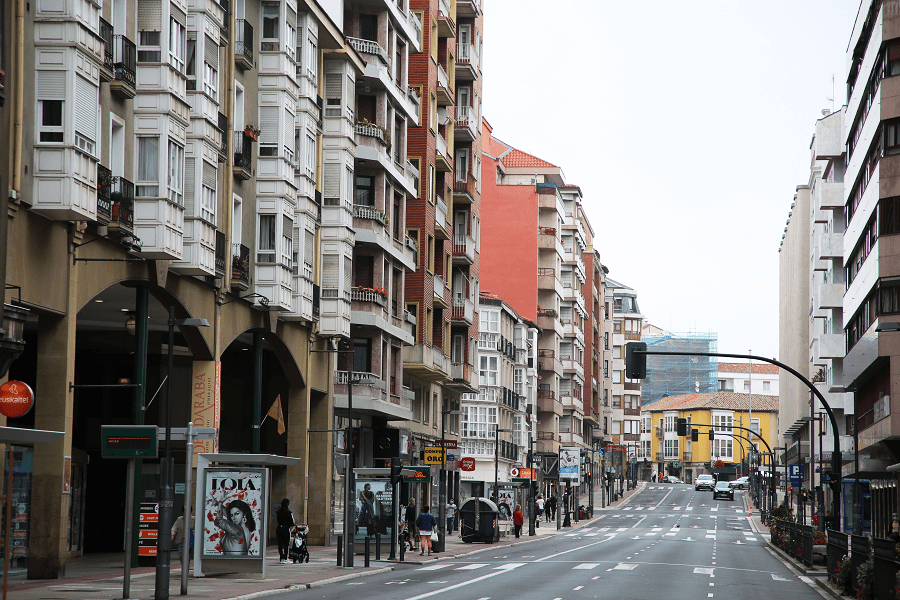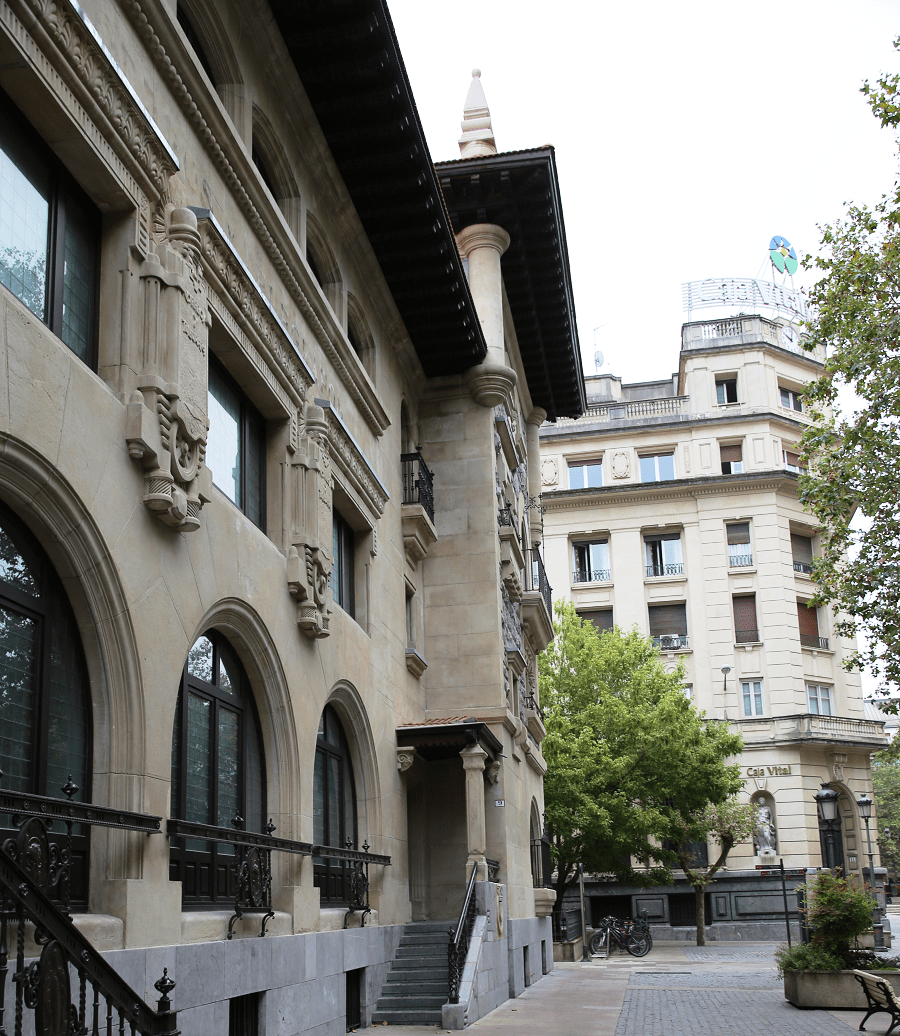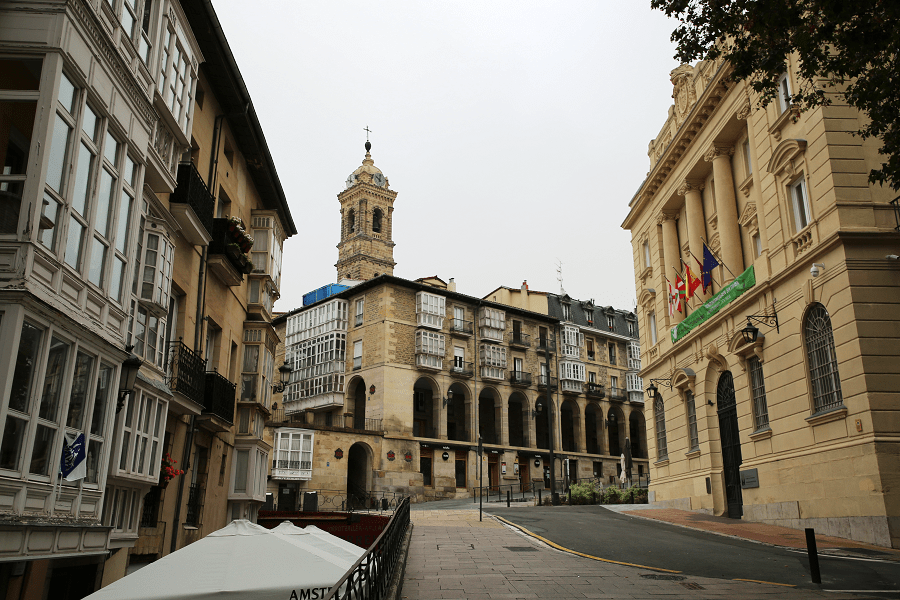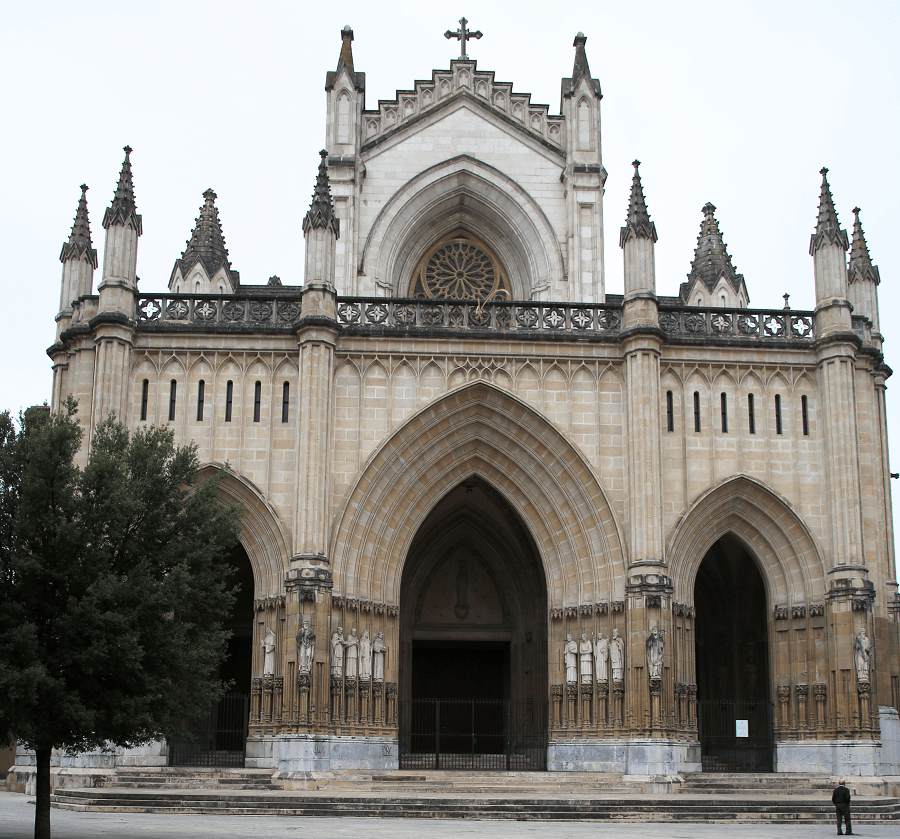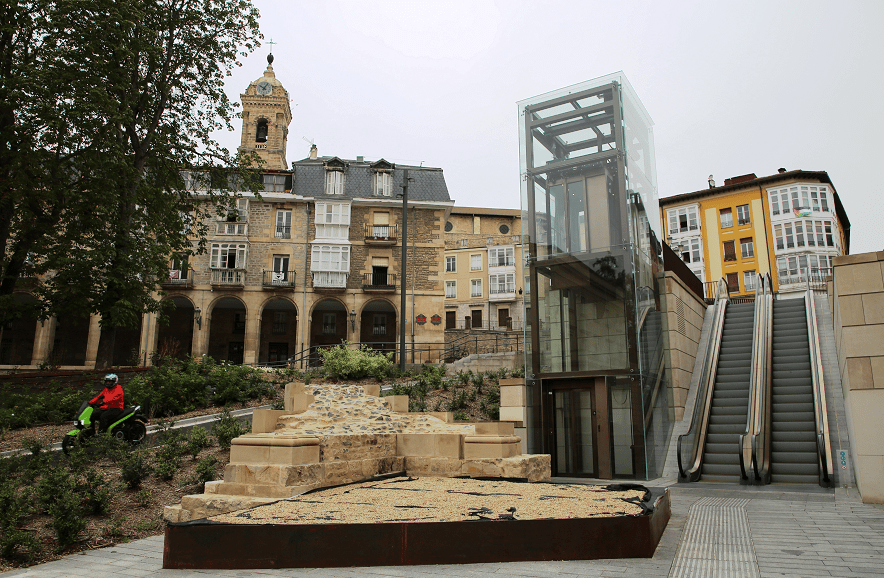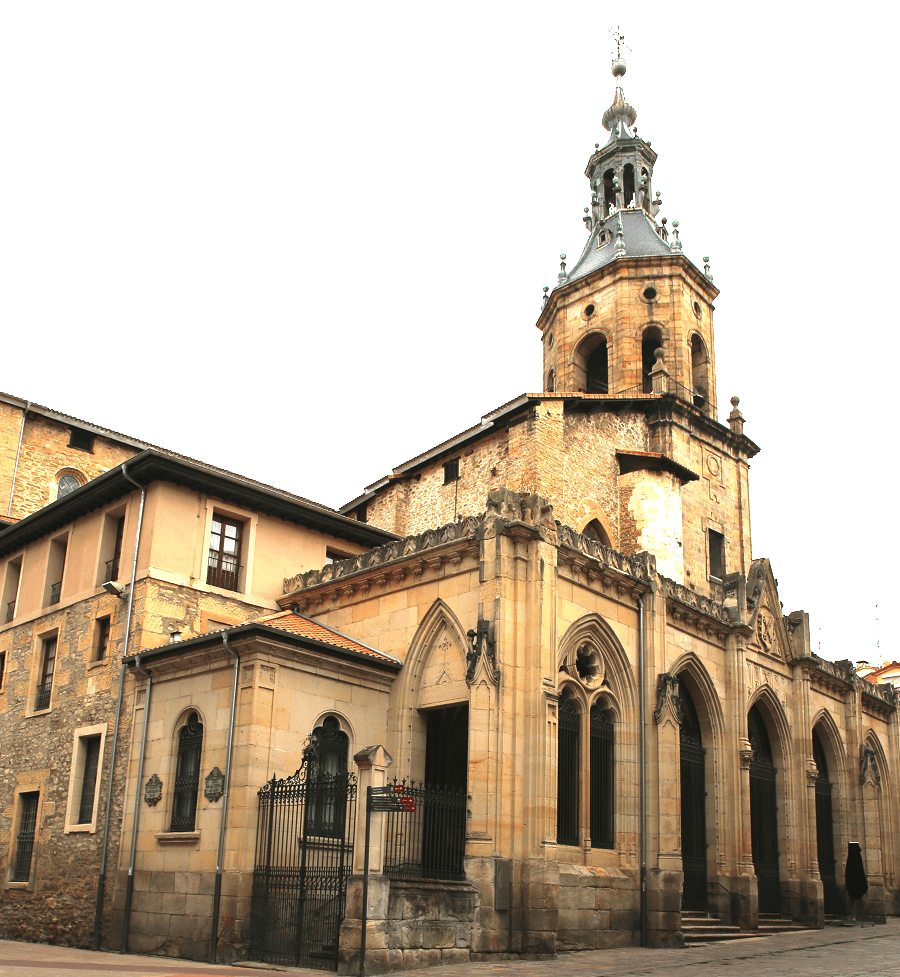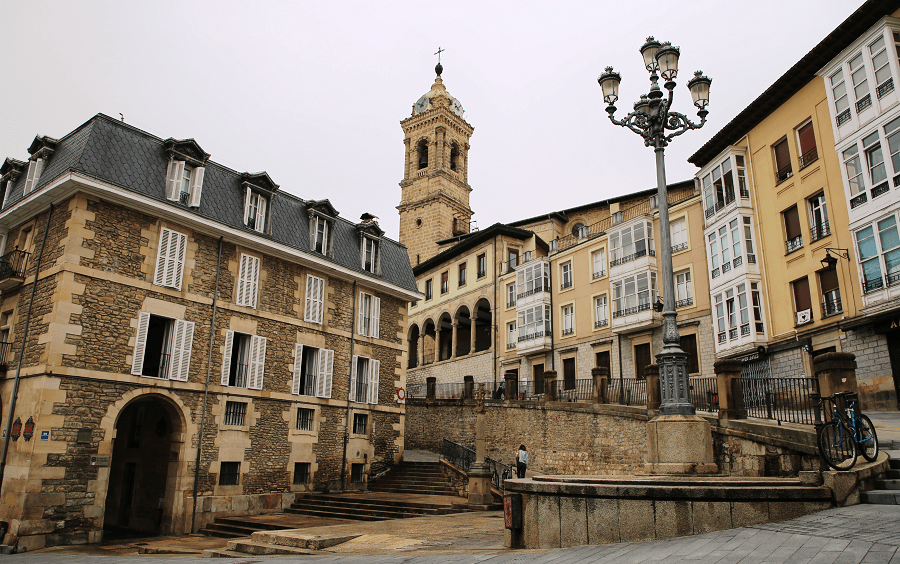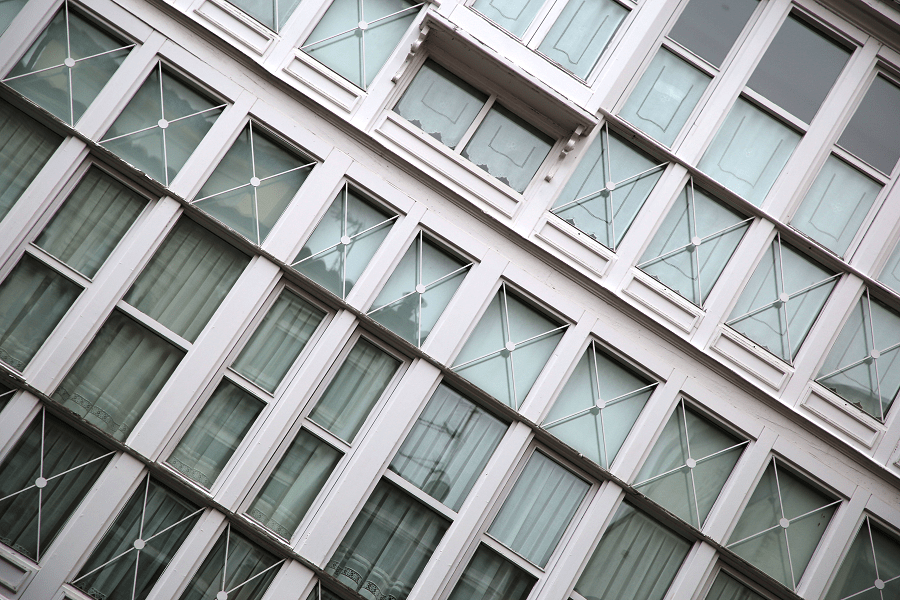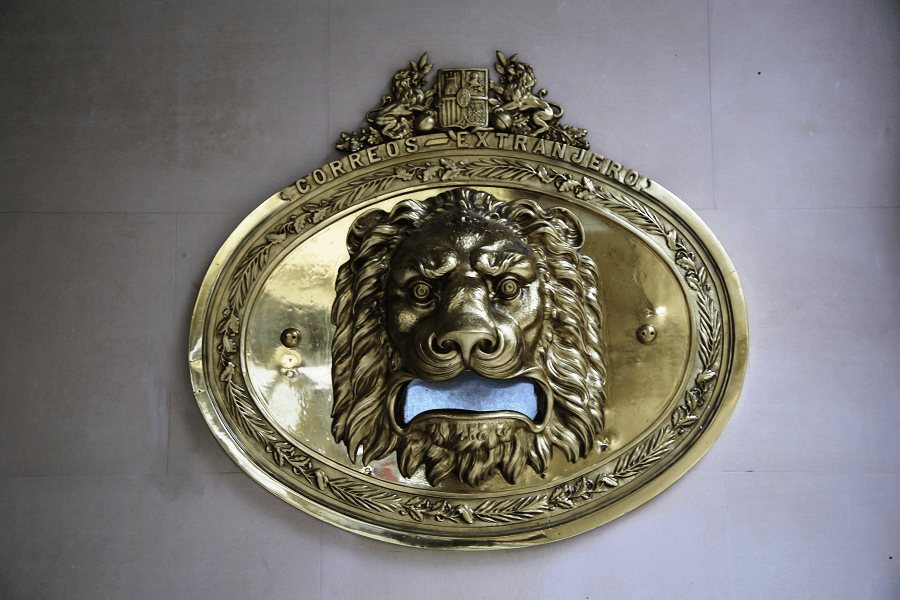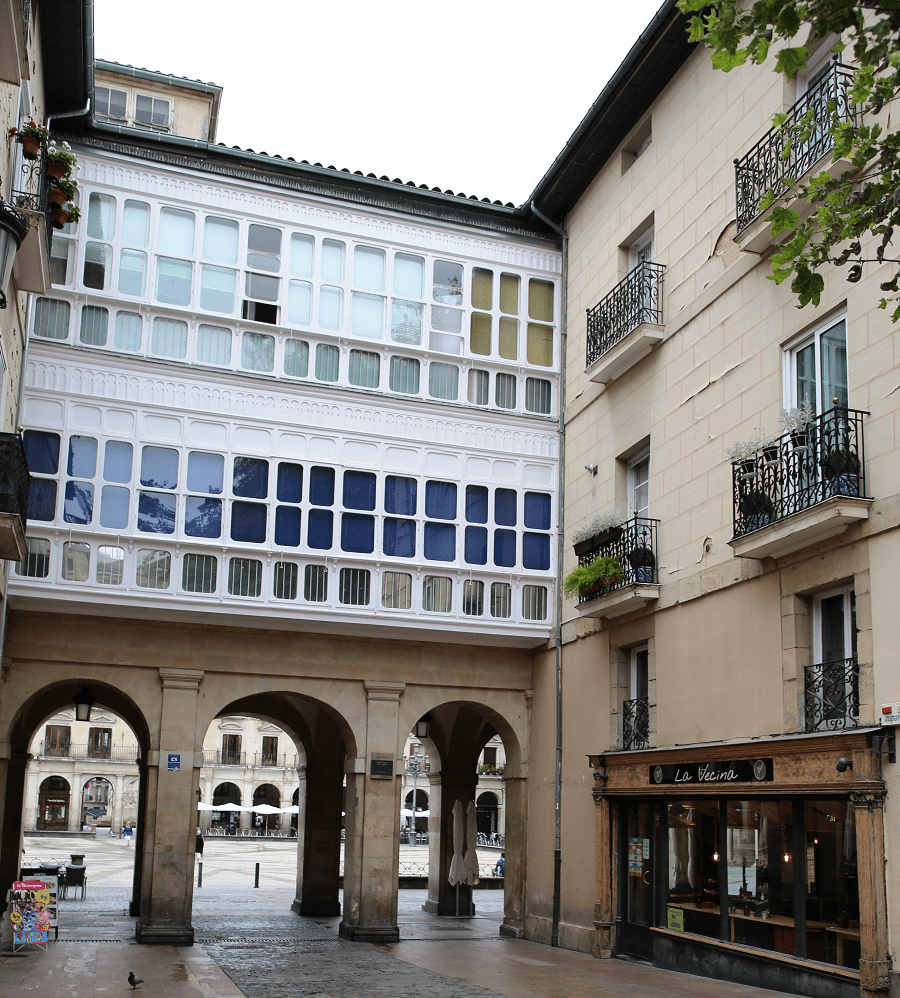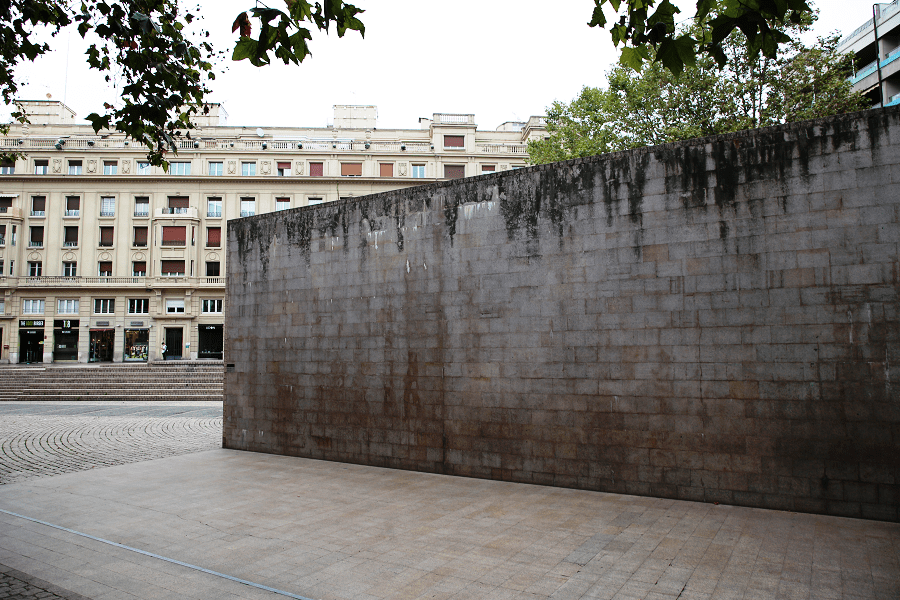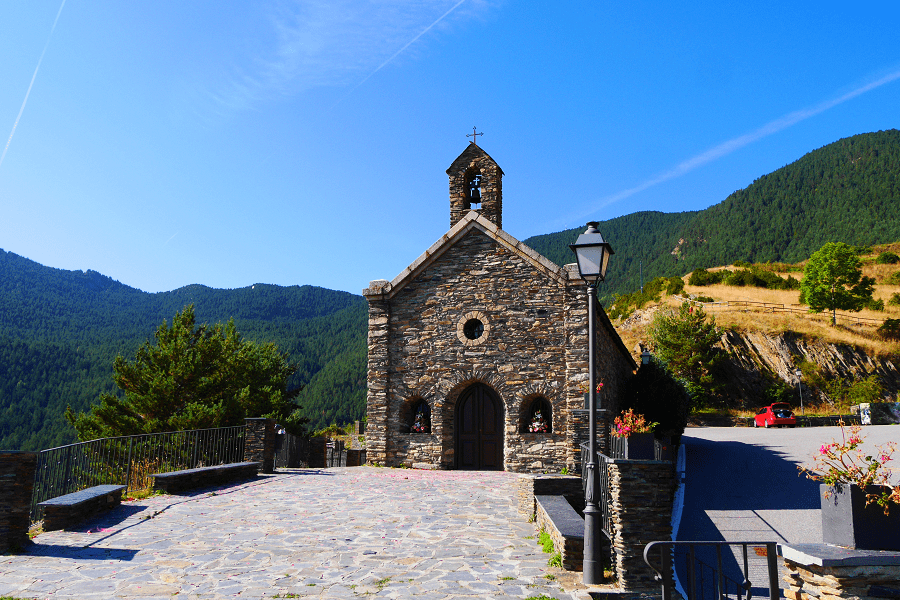Vitoria (in Basque: Gasteiz, and officially Vitoria-Gasteiz) is a city and municipality, capital of the province of Álava and official seat of Parliament and Government of the autonomous community of the Basque Country, in Spain. It is considered the de facto capital of the Basque Country for being the seat of common institutions.
In 2012 it was European Green Capital.
Nestled at the crossroads, it has been an important strategic point throughout history, both military, commercial, cultural. Since Roman times, when the road that linked Astorga and Bordeaux (Ab Asturica Burdigalam), passed through Álava, these lands have not ceased to be a hub of communications between the Central Plateau and Europe. It is a city with an intense history that manifests itself in a valuable monumental heritage.
The city bears the title of “very noble and very loyal.”
Tourism and main attractions
Religious heritage
The Cathedral of Santa María de Vitoria is a Gothic-style, Roman Catholic cathedral declared Bien de Interés Cultural in 1931.
Construction of the cathedral of Santa María in Gothic-style began in the late 13th century and continued throughout the 14th century. It was conceived as a fortress church, with great volume and enclosed appearance, being part of the city’s defences.
Between 1496 and 1861, the building operated as a collegiate church, and it was that year when it was declared a cathedral. It has a Latin-cross plan, with a wide transept crossing and circular apse containing several chapels.
The facade’s portals are richly decorated with sculptures. The western portico is masterwork consisting of three portals: the central one consecrated to the Virgin, the left one dedicated to San Gil and the right one to the Final Judgement and Saint James.
Nowadays it is being restored within the project of the Santa Maria Cathedral Foundation, which manages guided tours and is in charge of restoration works.
The Cathedral of María Inmaculada de Vitoria, usually known as “The new Cathedral” is a Neogothic-style, Roman Catholic cathedral, built in the first half of the 20th century.
The building, of imposing proportions, has 5 longitudinal naves, main and four side, a cruise of three naves, an apse aisle with two naves with seven apsidal chapels, a porch, a crypt and a sacristy. With 118 meters apse portico, it is 62 meters wide between the two end walls of the transept and 35 meters high on the cruise, is the second largest church in Spain after the Cathedral of Seville. Its Latin cross is reminiscent of the Chartres Cathedral and covers an area of 5,750 square meters and can shelter inside 150,000 people.
Church of San Pedro Apostol – Gothic temple from the 14th century. The Old Portico stands out, with a set of reliefs with scenes from the lives of Saint Peter and the Virgin Mary, under which are the images of the Virgin and the apostles.
Inside, at the head, there are several valuable tombs. The tower is baroque, with a 17th-century nave and an 18th-century spire, the work of Valerio de Ascorbe, very similar to the tower of the nearby church of San Miguel Arcángel. Between 1892 and 1896 it underwent a restoration of which the Neo-Gothic portico on the south side is preserved, the work of the Vitorian architect Fausto Íñiguez de Betolaza.
The stained glass windows, made in Bordeaux by the Dagrant house, were placed between 1861 and 1901. The temple is located next to the Canton de la Soledad, a steep street that has modern mechanical ramps that facilitate access to the highest part of the Medieval town.
Church of San Miguel Arcángel – Gothic-Renaissance temple from the 14th to 16th centuries in whose porch is the image of the Virgen Blanca, patron saint of the city. Main altarpiece by Gregorio Fernández. It was built at the end of the 14th century on the southern slope of the hill of primitive Vitoria, outside its walls and the San Bartolomé gate.
The church overlooks Calle Mateo Moraza and dominates the squares of the Virgen Blanca and General Loma, vital centers of the city, and its mostly Gothic bill contrasts with the set of neoclassical constructions that run at its feet. Object of Cultural Interest (BIC), it is also a National Historic-Artistic Monument since 1995.
Church of San Vicente Martir – late Gothic temple from the 15th and 16th centuries. The temple was built on one of the fortresses of Vitoria from the time of King Sancho VI of Navarre. Since the 13th century there would have been a temple on the site of small dimensions that was demolished to make way for the new church. Object of Cultural Interest (BIC), it is also a National Historic-Artistic Monument since 1984.
The Sanctuary of Nuestra Señora de Estíbaliz is a sanctuary located in Argandoña within the municipality of Vitoria-Gasteiz. It is surrounded with green forests and it has the view of the entire province as it is located in a small hill 9 km away from the city of Vitoria-Gasteiz. Here stands the patroness of Álava. It was declared Bien de Interés Cultural in 1931.
The site and the Lady of Estibaliz are first attested on a 962 Navarrese royal charter. The present-day sanctuary was built in the 11th century, and it is a true jewel of Romanesque art. In 1138 it was donated to the benedictine monks of Nájera, who preserved it until 1431 when they sold it to lord Fernán Pérez de Ayala, son of the famous King Enrique de Castilla’s chancellor, lord Pedro López de Ayala.
Later, the sanctuary was donated to Santiago’s hospital in the city of Vitoria-Gasteiz. In 1542, the donator’s inheritor ordered its restoration. The new parts of the sanctuary, most of them restored, were built between the 12th and 13th centuries.
Civil heritage
Medieval wall. The last remains of the Medieval Wall of Vitoria were discovered in 2001 in archaeological excavations carried out in the subsoil of the Cathedral of Santa María on the occasion of the works for its rehabilitation and completed the sections that were previously known. It is a work carried out in the 11th century and that completely surrounded the old Vitoria with its 900 meter perimeter. The City Council of Vitoria, in collaboration with the Basque Government and the Department of Archeology of Architecture of the UPV, uncovered in a first phase 236 meters of fortress and two towers located at the back of Correría Street. The medieval wall of Vitoria won the Europa Nostra award in 2010, considered as the Nobel Prize for heritage.
Palace of the Álava-Esquivel family. Renaissance-style building from the 16th century. The main facade is located on Calle Zapatería with a double doorway of semicircular arches with a beautiful noble coat of arms. The rear facade is made of masonry with neo-Gothic elements, better known, it is located on Calle Herrería. The building is owned by the King of Morocco.
Ruiz de Vergara y Álava House-Palace. Very altered Renaissance palace, built by Juan Ruiz de Vergara and María Díez de Álava on the plots of ten houses that he received as a dowry from his parents.
Casa de los Landázuri y Romarete has been considered the customs house. Until 1841 it was where the control of the passage of goods from the interior of the peninsula to the rest of Europe was carried out. The historian Joaquín José de Landázuri y Romarate was born and lived there.
The houses at the beginning of Calle Correría were built in the first months of 1757 by Manuel Baltasar de Uriarte y Castillo, who placed his coat of arms between the first two portals of the street and on the first floor. The Alforja houses are an example of the constructions of the merchants in the 17th century. The lower floor was used for business and the upper floor as housing.
The Casa Uralde or Casa de la Yedra belongs to the first expansion of the city and was part of the walled enclosure that surrounded the city.
Palace of the Álava-Velasco family. Francisco Carlos de Álava y Arista y Amézaga and his wife María Josefa de Ibarra y Echazarreta ordered the construction of this Baroque-style palace. The name is due to its last owners, the Velasco, heirs of the founder.
The house of the Corcuera is one of the oldest in the city. Three shields with the arms of the Corcuera family, together with the Mendoza and Urbina family, stand out on its south façade. Of these, a round shield is especially interesting which, due to its style and simplicity, could correspond to the last third of the 15th century.
Tower of the Hurtado de Anda. Medieval tower from the 15th century located at the back of the Cathedral of Santa María in the Plaza de las Burullerías. It was part of the city’s defensive system and it is a large Gothic building that retains its closed appearance at the bottom, made of masonry stone. The upper one is more open, and was made of wood and brick framework. It was declared a Historic-Artistic Monument in 1984, after undergoing major restoration in 1981.
Escoriaza-Esquivel Palace. Fernán López de Escoriaza, physician to King Henry VIII of England, and his wife Victoria de Anda y Esquivel ordered the construction of this palace in the mid-16th century. Due to its architectural and ornamental richness, it is one of the best examples of Renaissance civil architecture. Built with masonry stone, it is organized around a square courtyard with double arches superimposed on three of its sides and a staircase. The capitals and medallions of the columns are richly decorated. It is worth highlighting the main façade, facing a small square, in which the plateresque portal stands out where you can see the busts of the owner and his wife.
Plaza de la Virgen Blanca is one of the oldest meeting points in Vitoria-Gasteiz. In the middle of it there is the monument to La batalla de Vitoria, a battle which took place in the city in 1813 during the Napoleonic wars.
In the Middle Ages the square was Vitoria’s city center. It was the place where all activities, including bullfights and food markets, were carried out. At the end of the 18th century, Plaza de España or Plaza Nueva was built right next to it by Vitorian architect Justo Antonio de Olaguibel. Due to the construction of the new square the old one became the local’s meeting point. In 2007 the flowers that were in the middle of it were removed and fountains were installed in order to modernize the square.
Museums
The Artium Museum is a contemporary art museum, designed by the architect José Luis Caton, it is owned by the Provincial Council of Álava and opened 26 April 2002 and its director is Daniel Castillejo. The Museum was a created by the initiative of the Provincial Council of Alava, which is the owner of most of the works that are in the museum, and it’s the owner of the building too. The aim of this museum is to develop the critical view of the society and to make Alava be associated with art and culture.
The museum holds works by numerous artists, including Miquel Barceló, Joseph Beuys, Joan Brossa, Juan Francisco Casas, Jake and Dinos Chapman, Eduardo Chillida, Salvador Dalí, Óscar Domínguez, Manolo Millares, Joan Miró, Juan Muñoz, Jorge Oteiza, Pablo Palazuelo, Pablo Picasso, Antonio Saura, Antoni Tàpies, Juan Uslé, and Darío Villalba. It also includes a library and documentation center, both of which are open to the public.
Diocesan Museum of Sacred Art of Álava. Located in the ambulatory of the New Cathedral, it offers samples of the religious artistic heritage of the province, divided into sections for stone carving, wood carving, panel painting, painting on canvas, goldsmithery and liturgical furniture.
Museum of Natural Sciences. The museum is installed in the Tower of Doña Otxanda, an example of medieval architecture. It is also a center for research and dissemination of Natural Sciences.
Bibat. Archeology Museum and Fournier Playing Card Museum. The Archeology Museum is located in a modern building attached to the Fournier Playing Card Museum. The set of the two museums is called Bibat and creates one of the most interesting points of the medieval quarter combining antiquity and modernity. While the archeology museum is of recent construction, the card museum is based in the Renaissance palace of Bendaña. The manufacture of cards has been one of the most characteristic activities of Vitoria, promoted by Heraclio Fournier.
Museum of Fine Arts. In a neo-Renaissance mansion, the museum displays carvings from the 14th century, Flemish triptychs from the 16th century, paintings by Spanish masters such as Ribera, and modern Spanish painting, including works by Picasso and Zuloaga. The museum pays special attention to Basque costumbrista painting.
Álava Armory Museum. Very close to the previous one is this museum, where weapons from all eras can be seen, from prehistoric axes to 20th-century pistols. There is a large collection of medieval weapons and the reconstruction of the battle fought in Vitoria in 1813 during the War of Independence.
Festivals
- Cavalcade of the Three Kings – January 5
- Saint Anton’s Day – January 17
- Eve of Santa Águeda – February 4
- Carnival
- Holy Week
- Festivities of San Prudencio – April 27 and 28. Patron of the Alaveses.
- Our Lady of Estíbaliz – May 1. Patron Saint of the Alaveses.
- Blouse and Neska Day – Santiago Day – July 25.
- Festivities of La Virgen Blanca – August 4 to 9
- Pilgrimage of Olarizu – Monday following the Virgin of September.
- Christmas in Vitoria – December 24 to January 6. A large monumental Nativity scene is placed in the Parque de la Florida.
Vitoria-Gasteiz hosts two annual international music festivals:
- The International Music Festival/Course Vitoria-Gasteiz, from 18 to 27 July (the 2011 Edition)
- The Vitoria-Gasteiz Jazz Festival, from 10 to 16 July (the 2011 Edition).
- The Azkena rock festival, on 29 & 30 June (the 2013 Edition).
Best restaurants
There are five Michelin list restaurants in the city:
Zabala, Mateo Benigno de Moraza 9, 22 – 55 EUR • Contemporary Cuisine
PerretxiCo, San Antonio 3, 19 – 36 EUR • Traditional Cuisine
El Clarete, Cercas Bajas 18, 56 EUR • Modern Cuisine
Andere, Gorbea 8, 45 – 75 EUR • Traditional Cuisine
Zaldiarán, Avenida Gasteiz 21, 60 – 70 EUR • Contemporary Cuisine
How to get to?
By train
Vitoria-Gasteiz railway station is one of the main stops on the Madrid – Hendaye railway. Half a dozen trains each day link the city with Madrid, using Alvia trains on the AVE infrastructure to reach Madrid in 3 hours 43 minutes. There are also connections to Paris, Barcelona, Lisbon and Bordeaux. There is a complete lack of rail services to Andalusia and no direct rail link with Bilbao.
A municipal tram service is operated by Euskotren Tranbia.
The Basque Y high-speed rail network is planned to connect Vitoria-Gasteiz with the French border, San Sebastián and Bilbao within 35 minutes. However, work on this project has been slow and there is no date for its inaugural run.
By air
The Vitoria Airport is 4th in Spain in cargo traffic. Almost all passenger flights use Bilbao Airport (50 minutes away by car), which is the 2nd most important base for Vueling, with the second highest number of destinations offered and 4 million passengers traffic.
Distance by car to other capital cities of Spain
From Madrid 3 hr 37 min (364 km) via A-1
From Santiago de Compostela 5 hr 46 min (602 km) via A-6 and A-231
From Logroño 1 hr 12 min (96.0 km) via AP-68 and A-1
From Oviedo 3 hr 33 min (344 km) via A-8
From Santander 1 hr 50 min (162 km) via A-8
From Pamplona 1 hr 8 min (97.7 km) via A-10 and A-1
From Zaragoza 2 hr 32 min (263 km) via AP-68
From Barcelona 5 hr 17 min (567 km) via AP-2 and AP-68
From Valladolid 2 hr 30 min (243 km) via A-62 and AP-1
From Toledo 4 hr 10 min (430 km) via A-1
From Valencia 5 hr 27 min (572 km) via A-23 and AP-68
From Mérida 5 hr 44 min (631 km) via A-66 and A-62
From Murcia 6 hr 43 min (744 km) via A-1
From Seville 7 hr 29 min (824 km) via A-66 and A-62
Main information
Area: 276 km²
Coordinates: 42°50′48″N 2°40′23″W
Population: 253 093
Languages: Spanish, Basque
Currency: Euro
Visa: Schengen
Time: Central European UTC +1





